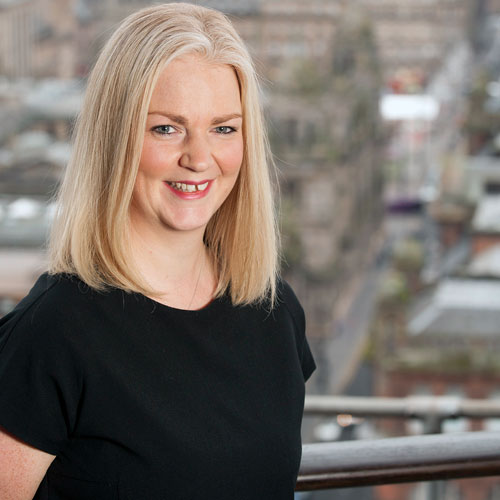Most of the time I am involved in a Strategy session, I am on the facilitation side of thing, but last month, I was on the participant side. We have a Women’s Network at Strathclyde that is fairly new. I had suggested that we have a strategy session to help us to develop a direction for the network and a plan of how we achieve it.
My CI colleague Graeme is one of our resident experts in all things strategic – he even wrote a chapter of a book last year. You can read a bit more about Strategy in Continuous Improvement Secondment: A reflection, written by a colleague on secondment to our team and a blog by the man himself, Hoshin Kanri – a sustainable system of Strategy Implementation?.
The first thing Graeme asked us to do was to, individually, write down (on sticky notes) what we thought the purpose of the network was. Thankfully there was some commonality in the notes that were written by the participants and we were very quickly able to come to a consensus about the network’s purpose. We had clarity about why it exists in the first place.
The next part of the session was to complete a SWOT analysis to identify the Strengths, Weaknesses, Opportunities and Threats of the network. As the network is fairly new, I found this activity fairly easy to complete. Far easier than when we do the SWOT as a CI Directorate – there are so many things to choose from. Completing it for the network, it was far more simple to think of the strengths and look for opportunities to improve, identify weaknesses and think of threats. Another bonus was that all of the participants again were well aligned – nothing was negative as any weaknesses or threats can be turned around with ideas to combat them.
At this point we were all grateful to get a ten-minute break from the warm room and from having to think. I always like to break up a session with a short break to give people time away to reflect and to focus on something else. As a participant, I appreciated it too – I find it helpful to chat with others and to step away for a short time.
Going through a strategy session is going through a process to understand where you are now to leave the session with an understanding of where you want to get to. The next thing we did was a brainstorm of what we would need to do as a network to get to the point where we could achieve what we had described as the purpose, or the vision of the network. Once we had come up with ideas of what to do, we were taken through each of the sticky notes in the SWOT analysis to make sure we had everything covered. This was especially important for the Threats and Weaknesses sections – these are things we are trying to prevent or eliminate, so there had to be ideas raised to ensure we were going to stop them happening or get rid of them. These will (outside of the session itself) form an action plan for us all to work through.
Graeme then asked us all to think what the network should look and feel like in two years, what we should be doing and achieving. We were once more able to come up with plenty of ideas – again with themes emerging. This will help us get the network to the next level.
Before the session was over, the last thing we had to do was try and come up with a tag line for the network. Some of the suggestions were wildly different to each other, but by the end, I think we had mostly agreed on one. I’m not going to tell you what that is yet – you can find that out once the Women’s Network is ready to let you know (it is action number one on the plan).
I would recommend having a strategy session – it really helps give direction, purpose and enables alignment to organisational strategy. Doing this also helps ensure that everybody leaving the session understands what they need to do to get to where you want to be as a network, team or department. An action plan confirms all the tasks you need to complete to achieve it. If you would like to know more about our facilitated strategy sessions, have a look at our website and get in touch with us.



